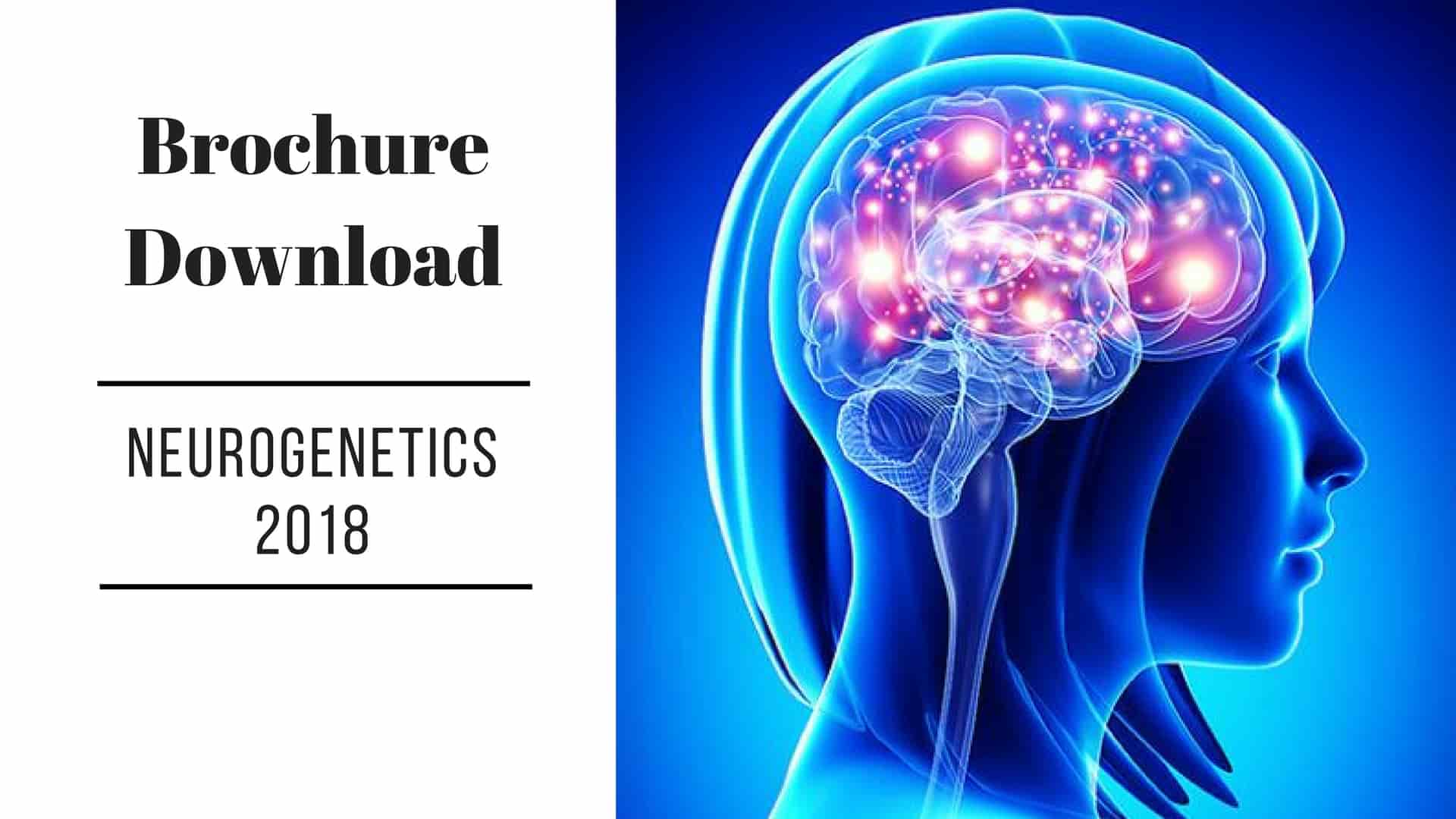Nimah I Alsomali
National Neuroscience Institute, Saudi Arabia
Title: Zebrafish as a model for neuroscience research
Biography
Biography: Nimah I Alsomali
Abstract
The zebrafish has become a popular vertebrate model in neuroscience to increase our understanding of brain development, dysfunction, function and their genetic and behavioral phenotype. The similarities of its brain morphology to that of other vertebrates also make this animal a valuable model. Additionally, the affected regions in most human neurological diseases are evolutionarily conserved in this model because of the high degree of genetic similarity between zebrafish and human. Zebrafish share more than 90% gene homology with human, including 85% of known disease-causing genes. Therefore, we utilized this model to investigate the oligodendrocyte development in GLE1 mutant zebrafish embryos. GLE1 mutations are associated with Lethal Congenital Contracture Syndrome 1, a severe autosomal recessive fetal motor neuron disease and more recently have been linked with Amyotrophic Lateral Sclerosis (ALS). Homozygous GLE1-/- mutant zebrafish have been shown to model various aspects of LCCS, displaying severe developmental abnormalities. A previous gene expression study on the spinal cord from LCCS fetuses indicated that oligodendrocyte dysfunction might be an essential factor in LCCS. We, therefore, set out to investigate the development of myelinating glia in GLE1-/- mutant zebrafish embryos. While expression of myelin basic protein (mbp) in hindbrain oligodendrocytes appeared relatively normal, our studies revealed a prominent defect in Schwann cell precursor proliferation and differentiation in the posterior lateral line nerve. These findings illustrate the potential importance of glial cells such as myelinating Schwann cells in motor neuron diseases linked to RNA processing defects. Modeling in zebrafish therefore allows new insights into fundamental biological mechanisms of motor neuron degeneration linked to RNA processing defects and has the potential to identify novel therapeutic targets for motor neuron diseases.

